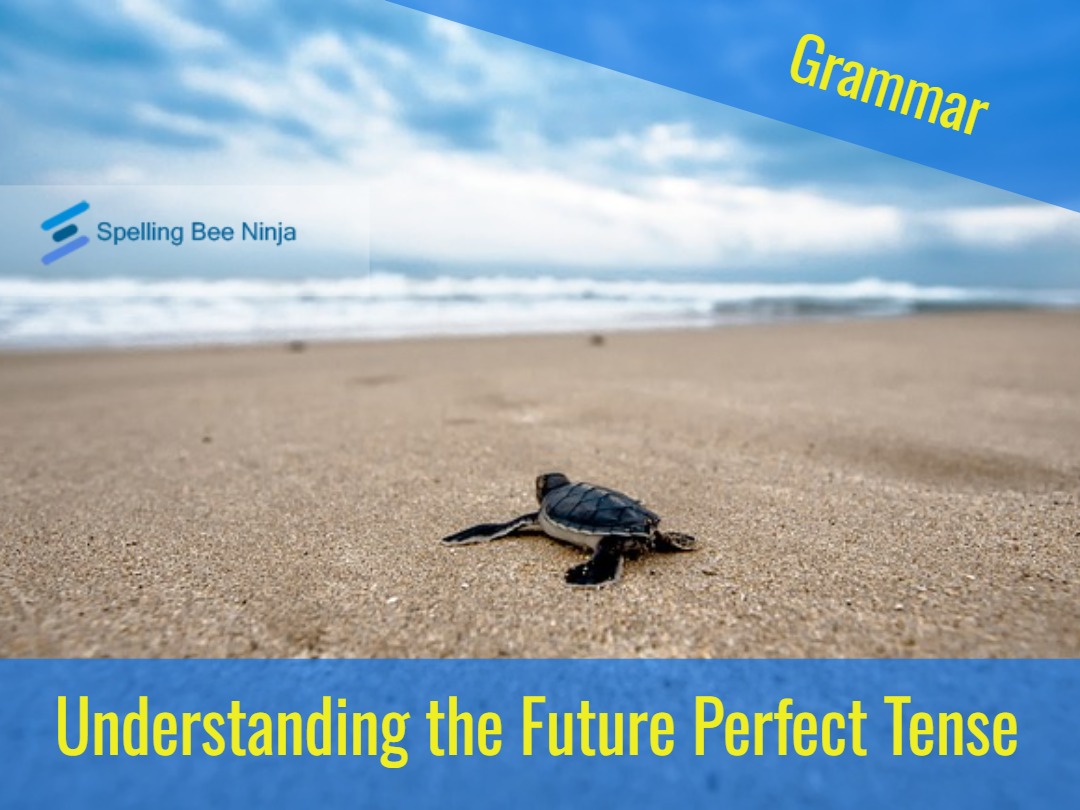The Future Perfect tense is a powerful grammatical tool that allows English speakers to describe actions or events that will have been completed before a specific point in the future. It is particularly useful for discussing goals, deadlines, and sequences of events.
This article will guide you through the structure, uses, and examples of the Future Perfect tense, along with tips for mastering it in both written and spoken English.
What Is the Future Perfect Tense?
The Future Perfect tense describes actions or events that will be completed by a certain future time. It often answers the question, “What will have happened by then?”
For example:
– By next year, I will have graduated from college.
– She will have completed her project before the deadline.
This tense emphasizes the completion of an action before a specified future point.
Structure of the Future Perfect Tense
The Future Perfect tense has a straightforward structure:
Subject + will + have + past participle
Affirmative Form
– I will have finished the report by tomorrow.
– They will have built the bridge by next year.
Negative Form
To create negative sentences, add not after will . The contracted form is won’t .
– I will not (won’t) have finished the report by tomorrow.
– They will not (won’t) have built the bridge by next year.
Interrogative Form
To form questions, start with will , followed by the subject, and then have + past participle .
– Will you have completed the task by noon?
– Will they have arrived by the time the meeting starts?
Common Uses of the Future Perfect Tense
1. Actions Completed Before a Future Time
The most common use of the Future Perfect tense is to describe actions that will be finished before a specific time in the future.
Examples:
– By 10 PM, she will have prepared dinner.
– I will have saved enough money for the trip by December.
2. Describing Expectations or Assumptions
The tense is also used to express assumptions about actions or events that are likely to have happened by a future time.
Examples:
– He will have left by now.
– They will have reached their destination by midnight.
3. Talking About Goals and Milestones
The Future Perfect is ideal for discussing long-term goals and their expected completion.
Examples:
– By the age of 30, she will have traveled to 20 countries.
– We will have launched the new product by next quarter.
Time Markers in the Future Perfect Tense
Time markers play a crucial role in providing context for Future Perfect sentences. Some common time markers include:
– By + specific time/date : By 2025, I will have finished my degree.
– In + duration : In two years, they will have built the new stadium.
– Before + specific event : She will have cleaned the house before the guests arrive.
Practical Tips for Using the Future Perfect Tense
1. Familiarize Yourself with Past Participles
Since the Future Perfect tense uses the past participle of the main verb, ensure you know the forms of common irregular verbs.
Examples:
– Write → written
– Go → gone
– See → seen
2. Practice with Time Markers
Incorporate time expressions like “by next week” or “before the meeting” to make sentences meaningful and precise.
3. Use It in Context
Apply the Future Perfect tense when discussing plans, goals, or hypothetical scenarios to internalize its usage.
4. Differentiate from Similar Tenses
Understand the distinction between the Future Perfect tense and related tenses like the Future Simple and Present Perfect.
Comparing Future Perfect with Related Tenses
1. Future Perfect vs. Future Simple
The Future Simple focuses on actions that will occur, while the Future Perfect emphasizes actions that will be completed.
Examples:
– Future Simple: I will finish the project tomorrow.
– Future Perfect: I will have finished the project by tomorrow.
2. Future Perfect vs. Present Perfect
The Present Perfect focuses on actions up to the present, while the Future Perfect projects completion into the future.
Examples:
– Present Perfect: I have already read the book.
– Future Perfect: I will have read the book by next week.
Common Mistakes to Avoid
1. Confusing the Structure
Incorrect: I will have finish the work by 5 PM.
Correct: I will have finished the work by 5 PM.
2. Using the Wrong Time Frame
Incorrect: She will have finished the task yesterday.
Correct: She finished the task yesterday.
3. Omitting the Time Marker
The Future Perfect tense often requires a time marker for clarity.
Incorrect: They will have completed.
Correct: They will have completed the project by Friday.
Examples of Future Perfect Tense in Context
Daily Life
– By the time you wake up, I will have prepared breakfast.
– She will have left for work before you arrive.
Work and Education
– By the end of the semester, the students will have completed all their assignments.
– He will have finished writing the report by next Monday.
Long-Term Goals
– In five years, I will have mastered three new languages.
– They will have achieved their fundraising target by the end of the campaign.
Exercises for Practice
To master the Future Perfect tense, try creating sentences based on the following prompts:
1. What will you have accomplished by the end of this year?
2. Describe an event that will have taken place before your next birthday.
Conclusion
The Future Perfect tense is an invaluable tool for expressing completed actions and goals within a future time frame. By understanding its structure, practicing its use with time markers, and applying it in real-life contexts, learners can significantly enhance their English proficiency.
With consistent practice, you’ll soon find yourself using the Future Perfect tense confidently in conversations and writing, making your communication more precise and impactful.
- ✈️ The 12 Tenses in the English Language
- ✈️ The Present Simple Tense
- ✈️ Present Continuous Tense in English
- ✈️ Understanding the Present Perfect Tense in English
- ✈️ Understanding the Present Perfect Continuous Tense
- ✈️ Understanding the Past Simple Tense in English
- ✈️ The Past Continuous Tense: A Comprehensive Guide
- ✈️ The Past Perfect Tense in English: A Comprehensive Guide
- ✈️ Understanding the Past Perfect Continuous Tense
- ✈️ Future Simple Tense: A Comprehensive Guide
- ✈️ Future Continuous Tense: A Comprehensive Guide
- ✈️ Understanding the Future Perfect Tense
- ✈️ Future Perfect Continuous Tense


